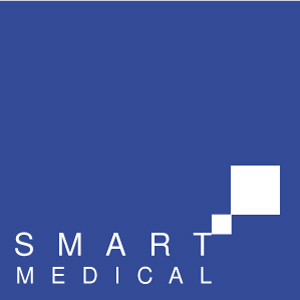
Flow Mediated Dilatation
Quipu FMD Studio is available for both Windows and MAC OS operating systems.
Product Information
The Flow Mediated Dilatation FMD software, used in conjunction with an ultrasound system, can automatically measure the diameter of the vessel and calculate the value of FMD%.
Real-time Analysis
This is a great advantage in studies of FMD, where one of the most critical points is to maintain good image quality for the duration of the test (9 minutes). With the aid of real-time feedback of the arterial waveform and instantaneous diameter, the sonographer can more easily adjust the position of the ultrasound probe to compensate for the movements of the patient.
Automatic Doppler Flow Analysis
In addition to the automatic measurement of the diameter, the software automatically analyses the Doppler signal (when available in dual-mode by ultrasound equipment) in order to calculate the value of instantaneous shear rate. This provides the exact amount of the vasodilation stimulus, which can be used to normalize the FMD value, as strongly recommended by more recent studies.
High Accuracy
The system uses an innovative mathematical operator with sub-pixel precision. This overcomes the spatial resolution limitations of the image with results otherwise obtainable only through a more complex analysis of the ultrasound radio frequency signal.
ECG Gating Not Required
ECG gating is not required. This type of FMD measurement usually requires synchronization with the ECG to measure maximal diameter per cardiac cycle. The Quipu technique overcomes this requirement in favour of multiframe (>25fs) measurement and simplicity of the procedure and reduced cost of the required equipment.
Quality Feedback
The system provides real-time signals that can be used by the sonographer as markers of quality and reliability of the images.
Endothelial Function and Atherosclerosis
The endothelium plays a central role in the initiation, progression and clinical outcomes of atherosclerosis. Flow-mediated dilation (FMD) of the brachial artery is an established non-invasive method used to assess endothelial function. The method was introduced by Celermajer et al. in 1992, and over the last 20 years has become increasingly important since several studies have shown that an impaired FMD response is related to cardiovascular risk factors such as smoking, hypercholesterolemia, hypertension, diabetes and aging, and is an independent predictor of cardiovascular events. Indeed, thousands of papers have established that endothelial dysfunction is one of the earliest detectable signs of atherosclerosis in patients ranging from youngsters to adults.
FMD can be measured by ultrasound imaging, as described in the guidelines of the International Brachial Artery Reactivity Task Force (Corretti et al., 2002). The examination consists in measuring brachial artery diameter at rest and after reactive hyperaemia induced by ischemia of the forearm. The measurement is made on a B-mode section of the artery, which is imaged above the antecubital fossa in the longitudinal plane.
Validation
FMD Studio has been validated in 50 healthy subjects (mean age 25 ± 5 years) and 220 patients with more than one cardiovascular risk factor (mean age 59 ± 14 years). Flow-mediated dilatation was lower in patients than in healthy subjects (5.3 ± 2.9% vs 7.1 ± 2.5%, p = 0.001), while mean brachial diameter at rest was significantly larger in patients (4.32 ± 0.09 mm vs 4.19 ± 0.08 mm, p = 0.01). The system has also been validated in a multicenter study involving seven centers and 675 FMD/GTN scans. Overall intra-day variability (1 hour apart) was CV = 9.9%, overall inter-day variability (1 month apart) was CV = 12.9%. The results showed that FMD Studio provides reproducible FMD assessment and can be adopted in multicenter clinical trials.
How to measure FMD
Need help?
Please get in touch, we’re here to help.
Call us on:
01608 653345
Email us at:
sales@smartmedical.co.uk










